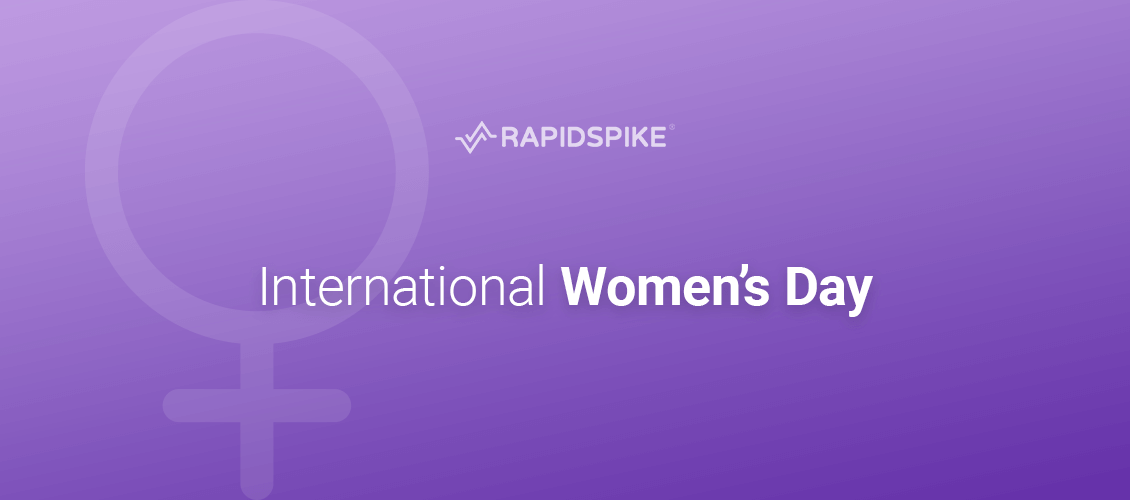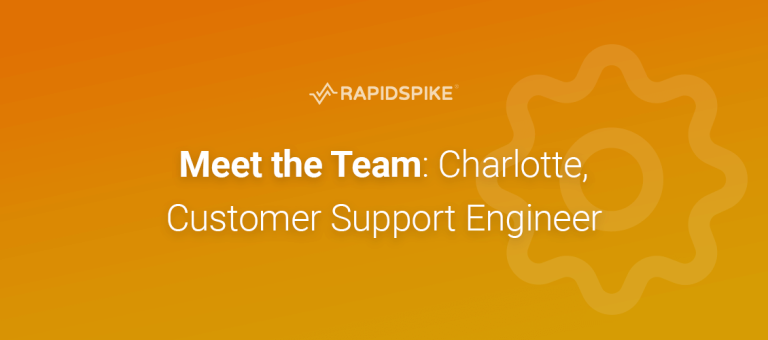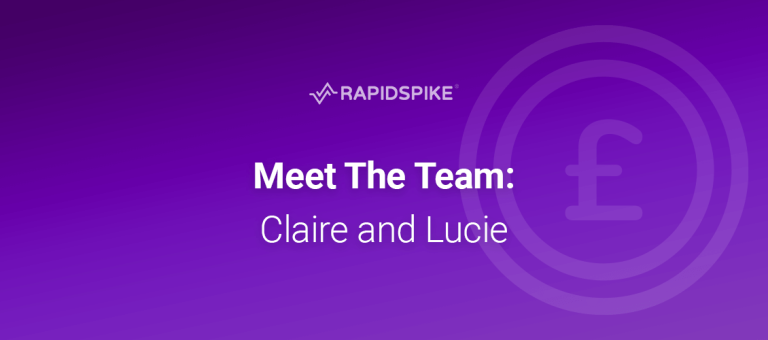There aren’t enough women in tech. At RapidSpike we make up 43% of the team, but that’s not the same across the industry. In the UK we currently make up just 19% of the tech workforce, so when we make up 49% of the working population it’s clear we’ve still got a long way to go. There are a number of reasons for this, the most overarching being society’s assumption that STEM subjects are for boys and arts are for girls, and this starts impacting what careers girls aspire to before the age of 10. Amazing initiatives such as Stemettes have popped up to start tackling this in the next generation but we can’t rely on this alone to solve our gender parity issues. This International Women’s Day, let’s talk about getting into tech as adult women.
More than coding
For so long I thought a job in tech solely meant coding, and personally, that doesn’t float my boat. But there is far more to a career in technology than just coding, in fact, it’s possible to work in tech without ever writing a single line of code. Some roles (Business Analysts, Project Managers, Scrum Masters, Product Owners, Customer Success Engineers) will have hands-on time with development teams and testing the products a company creates without ever writing code, other roles (Marketing, Sales, Lead Generation, Account Management) will have less direct contact with the technology stack, but that doesn’t make them roles outside of tech. For example, at RapidSpike our technology roadmap is heavily influenced by our customers’ requirements and industry thought leaders, and so our Marketing and Lead Generation teams stay on the bleeding edge of web performance news, communicate with our customers and provide invaluable insight to our Product Owners and Developers. The belief that you have to code is so limiting, the skills that make people successful in the tech industry are ones that I see women practising without even realising it — they’re methodical, organised, pragmatic, great communicators who seek innovative solutions every day. If you’re looking for an underrated example of all of these skills, just think of a mother talking a toddler into eating broccoli. There is more to tech than coding, and so much that women can contribute to this evolving landscape.
Girl code
With all of this said, tech needs more women software engineers. Gender diversity and different backgrounds can help create high-performing, well-balanced teams that innovate in every line of code deployed. Moving into a coding career can happen at any age, you don’t have to be fresh out of school. The first female developer I ever worked with had gained her bachelor’s degree in law and then worked in recruitment for a number of years before learning to code. Spending time in other fields isn’t a detriment to learning to code — I’d argue that it helps. Seeing a fully rounded picture and understanding how a product will be used and interacted with by non-technical people encourages developers to write user-focused code, which is what 99% of companies are aiming for.
Routes into software development
Depending on your preferred learning style and budget there are a number of ways to get into coding. FreeCodeCamp is a great option for those with no experience and no time limits, it’s entirely free and self-paced. If you prefer to learn with guidance and tutors, Code First Girls offer courses across a number of areas and run evening classes both online and in person. They run a selection of free and paid courses and depending on your circumstances there are course fee exemptions. Finally, for those looking to dive head-first and full time into the world of software development, there are full-time boot camp programs such as Northcoders who take students from zero knowledge to employable developers in just 12 weeks.
Wherever you are in your journey with tech, if you’re considering joining this world, know that we’re waiting for you with open arms. Happy International Women’s Day from the entire RapidSpike team.






